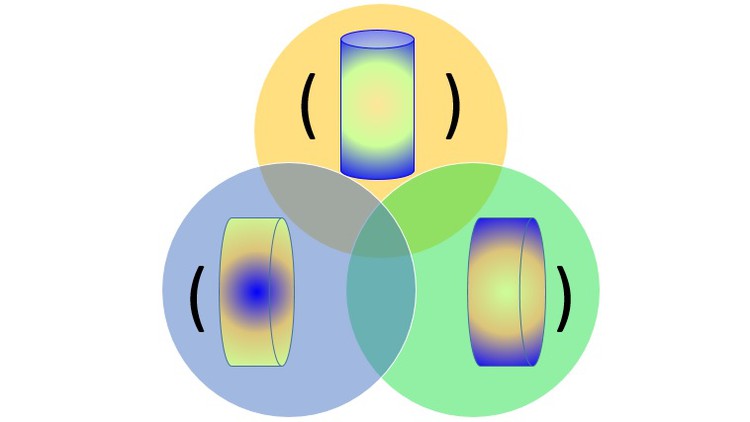
Applied Statistics and Software
What you will learn
Knowing test runs
Understanding non-parametric tests
Processing of assigning ranks
Understanding statistical errors
Developing cluster analysis
Description
Statistics is the discipline that deals with the synthesis, presentation, analysis and evaluation of numerical data in order to highlight proposed or assumed statistical meanings. So:
– statistics is a tool of the scientific method in science, which has several components (observation, hypothesis development, empirical data analysis, conclusion);
– variables are characteristics of reality that can take different values and are directly measurable;
– latent variables express science constructs measured indirectly by means of indicators (observed variables);
– descriptive statistics deals with the organization, synthesis, description and presentation of data;
– inferential statistics deals with the generalization of the results at the level of the population from which the sample was drawn and supports conclusions regarding the research hypotheses;
– the dependent variables are those that are the object of the researcher’s direct interest, being measured in order to draw a conclusion;
– the independent variables represent the condition or context from which the variation in the values of the dependent variable results and are those variables that the researcher manipulates;
– the population represents the totality of information units that constitute the objective of interest of a research. As a rule, in social and human sciences the units of information represent persons;
– the sample represents a selection, based on a certain rule, of the units of information, with the aim of drawing conclusions about the population . A sample is representative when its characteristics fairly reproduce the characteristics of the population from which it was drawn. Sample representativeness is always imperfect (contains some error);
– measurement means assigning numbers or symbols to some characteristics of reality (objective or subjective) according to certain aspects (quantitative or qualitative);
– measurement levels are: nominal, ordinal, interval, ratio (they are ordered hierarchically which means that the higher scales include the properties of the lower scales). Levels are also called measurement scales. In statistical programs Measure columns contain three coding options (nominal, ordinal, scales). For the first two options (nominal and ordinal) the measurements are equivalent.
Content